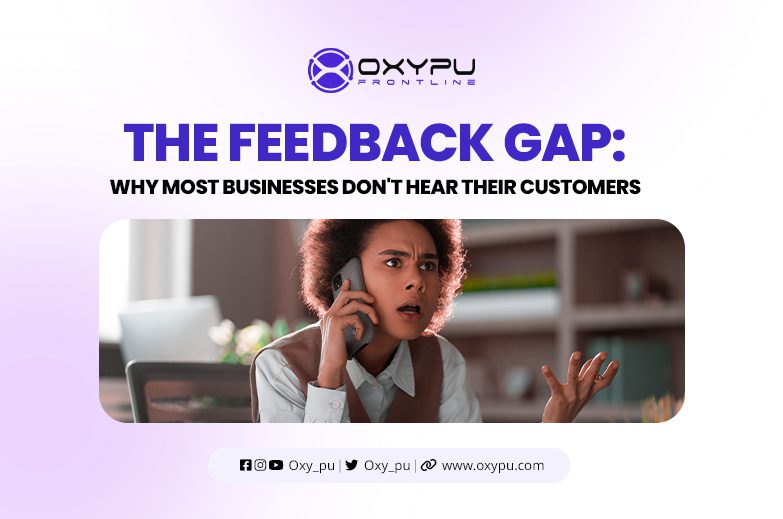
Customer feedback is the lifeblood of a thriving business. It’s the ultimate source of truth, revealing what’s working, what’s not, and where the next big opportunity lies. We all know this in theory, but in practice, a vast chasm exists between what companies think they know about their customers and what customers are actually saying. This chasm is the “feedback gap,” and it is quietly undermining businesses of all sizes.
So, why are so many companies failing to hear what their customers are telling them? The answer is more complex than simply not asking.
1. The ‘Too Little, Too Late’ Problem
Many businesses treat feedback as a post-mortem exercise rather than a continuous conversation. They rely on annual customer satisfaction surveys or wait for a negative review to appear on a public forum. The problem is, by the time you’re asking, the customer has likely already moved on, and the feedback you receive is either a distant memory or a heavily-edited grievance. Real-time feedback, captured in the moment of an interaction, is far more valuable and actionable. The longer you wait, the wider the gap becomes.
2. The ‘Echo Chamber’ Effect
A common mistake is listening only to the loudest voices. These might be the customers who fill out every survey, the most active members on your social media, or even internal stakeholders who assume they know what the customer wants. While these voices are important, they are not representative of your entire customer base. By focusing on a small, vocal minority, you risk making decisions that alienate the silent majority. The feedback gap isn’t just a lack of data; it’s often a lack of diverse, representative data.
3. The Technology Trap
The market is flooded with powerful feedback tools, from NPS surveys to in-app feedback widgets. The trap, however, is believing that simply having the tools is enough. Many companies collect mountains of data but never properly analyze it or, worse, they store it in a silo where no one can access it. Feedback data sitting in a spreadsheet or a dashboard that no one ever checks is just noise. The technology is only as good as the process and culture built around it.
4. The Fear of Negative Feedback
Perhaps the most significant barrier is a cultural one: a fear of bad news. No one wants to hear that their product has a bug or their service is lacking. This fear can manifest in subtle ways, from making feedback forms difficult to find to ignoring comments that are less than glowing. But every piece of feedback, even the negative kind, is a gift. It’s a chance to improve and to show your customers that you are listening. A company that embraces and acts on negative feedback builds a deeper level of trust and loyalty.
Bridging the feedback gap isn’t about implementing one new tool. It’s about a fundamental shift in mindset; from collecting feedback as a task to actively listening as a core business function. It requires a culture that celebrates all feedback, a process that integrates it into every department, and a technology stack that makes it accessible and actionable.
The future of your business may not be in your next new feature or marketing campaign. It may be hiding in the feedback you’re not hearing.

